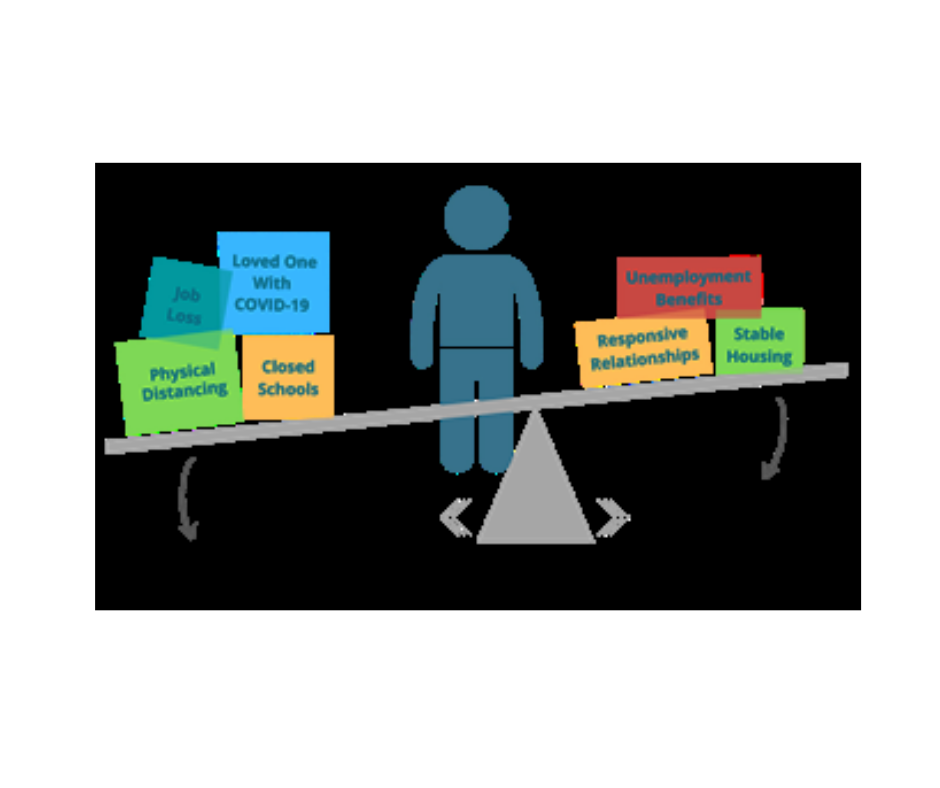Improving the Effectiveness and Efficiency of Healthcare Delivery Systems
Overview and Comments – CPA Journal Article, January 2015
Summary:
An article entitled “Improving the Effectiveness and Efficiency of Healthcare Delivery Systems” appeared in the January 2015 issue of the CPA Journal. This article provides a broad view of the changing landscape of healthcare and the challenges of Clinical Integration (CI). While the article is quite informative, it is lengthy. The article may be accessed at http://bitly.com/1yPEr4z.
This write up provides my interpretation and commentary on the article contents.
Overview and Comments:
The main emphasis of healthcare reform can be summarized by the Triple Aim: Improving health, Improving quality and Managing the cost of the delivery of care.
Clinical Integration (CI) is a fundamental element of achieving the Triple Aim. CI is the coordination of patient care across a spectrum of providers. It includes a strong focus on preventive care, chronic disease management and the integration of medical and behavioral services. It involves providers, hospital systems and payors; government and private. One objective of CI is to reduce avoidable hospital admissions and readmissions.
Accountable Care Organizations (ACO) and the Patient Centered Medical Home (PCMH) are important elements that define how CI is achieved. An ACO is a group of hospitals, providers and payors working together to achieve the Triple Aim. In an ACO, reimbursement is tied to improvements in care and quality. An ACO relies upon relevant metrics to manage patient populations and to report on the performance of providers and hospitals. These metrics drive the new reimbursement model and represent an important shift from the current, volume based process.
The PCMH is the center of CI. A PCMH is a care delivery model whereby patient care is coordinated across a spectrum of providers and facilities. In a PCMH, the Primary Care
Physician (PCP) is the coordinator of care. This coordination hopes to ensure that patient care is enhanced, quality is improved and cost is managed by emphasis on preventive care and elimination of duplication or fragmentation of care across a health episode.
A major element of CI is the shift from a reimbursement model based on patient volume (fee for service) to one that is based on the Triple Aim. In the past, if physicians or hospitals wanted to earn more money, they performed more procedures. Not all of the additional procedures translated to increased health or quality. In the future, reimbursement will be based on improvements in health, quality and managing costs.
Effective use of technology is needed to capture, categorize and report clinical and cost information to be used to improve health and quality as well as manage cost. Electronic medical record systems are needed to deal with the volume of data required and to facilitate transfer of patient information between providers.
CI requires increased documentation by providers when care is rendered. Many physicians complain about this increased work load which can reduce the number of patients that can be seen and could have an impact on reimbursement. There are a number of solutions to this problem including the use of scribes and voice recognition software. The authors mention on page 69 that “such declines in productivity… may create pressure to reclassify non-billable data entry hours to billable hours.” To do this, a physician would either have to create false charges for a patient or create a fictitious patient. Either of these two scenarios would constitute fraud. I do not think a rational physician would use this line of thinking.
CI may offer opportunities for consolidation of back office systems that eliminate duplication of similar functions, including finance, HR, IT and billing. This consolidation can reduce overhead costs, if done correctly.
CI will require an increased focus on the efficient delivery of care and patient satisfaction. Metrics to measure patient flow can identify bottlenecks that increase the time patients spend receiving care and reduce patient satisfaction. These metrics can also report expected process improvements over time. Metrics that measure physician time and clinic space utilization are used to ensure the efficient use of these assets. The anticipated increase in insured patients will translate to increased clinic patient volume. Support staff levels need to be managed to ensure that proper support is given to physicians so they can focus on quality and health.
To achieve the goals of healthcare reform will require a level of cooperation and coordination that currently does not exist in the healthcare delivery system. While progress is being made, CI requires cooperation and collaboration between entities that in the past viewed each other as competition.
Leadership and Organizational Governance:
The authors stress the importance of leadership and organizational governance. They point out on page 71 that “Historically, physicians and administrators have struggled to build trust and collaborate through working on joint projects.” They further state that “physicians are taking on leadership positions within CI committees” and that “Physicians are more likely to buy into transformative recommendations if a member of their field is a member of the CI committee.”
To encourage physician collaboration, more than a seat on a CI committee is needed. Physician leadership is crucial to a CI plan. To be successful, a PCMH culture must be established and include physicians, administrators, mid-level providers and support staff who understand the objectives and challenges of CI and are committed to working together to achieve a common goal. This will not be easy.
It is the responsibility of administration and physicians to work together to define the overall goals of CI and ensure that the goals are being met. Administration provides the structure and jointly manages the process with physicians. Physicians define quality and work with administration to ensure clinical improvements are being achieved. Administrators and physicians work together to create the PCMH culture, which is what makes CI attainable.
I hope you find the article and my comments helpful.
Regards,
Greg Hiczewski







